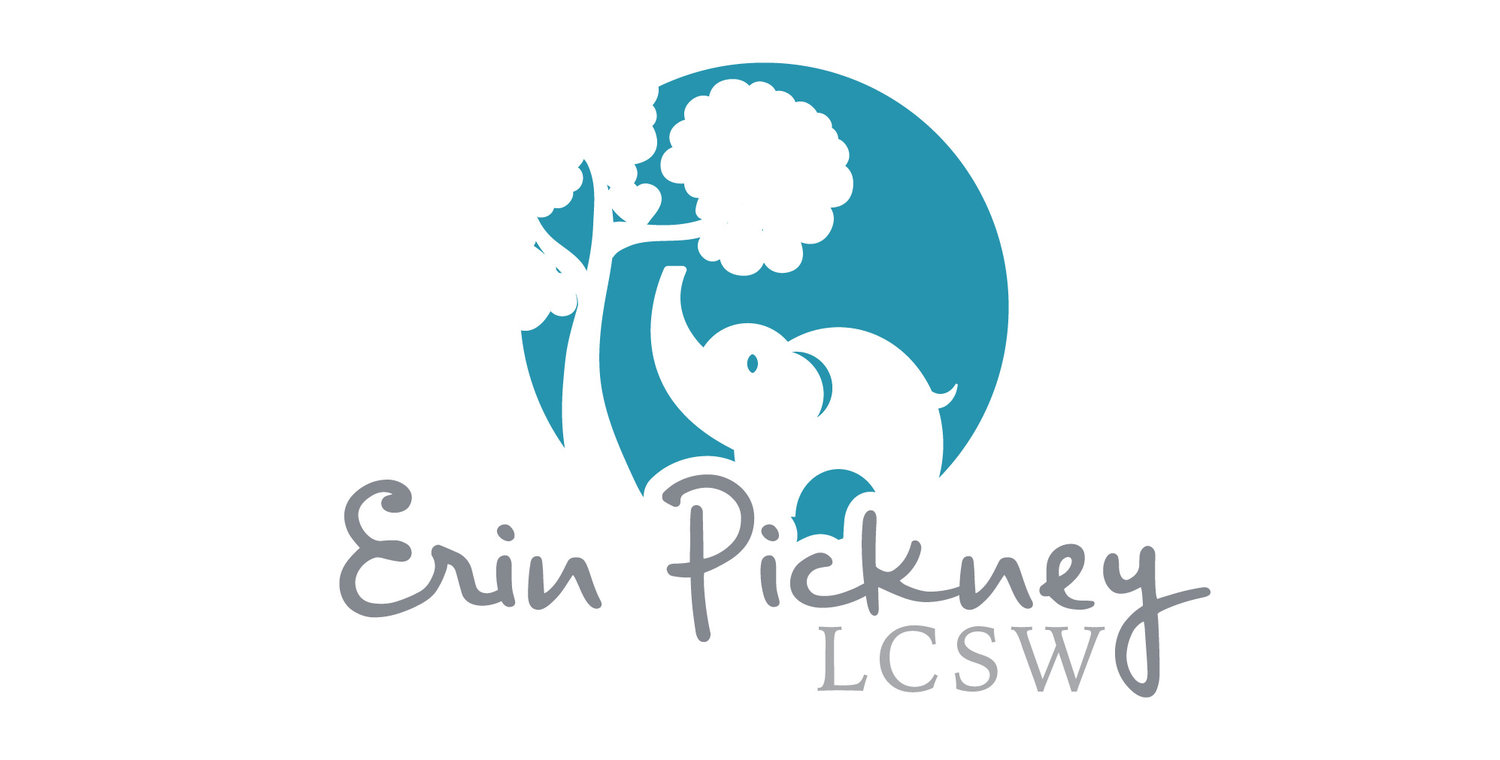Trauma Therapy
Trauma comes in many forms and impacts us in even more ways. Sometimes, we tell ourselves that our trauma shouldn’t affect us. It isn’t as bad as someone else’s, so we should be able to deal with it on our own. Sometimes, we feel so overwhelmed even thinking about therapy for it that we push it away and try to forget it. The problem with trauma, of course, is that it doesn’t just go away. It lives in our minds and our bodies and impacts us so long as we leave it unaddressed.
The biggest misconception about trauma is that it only refers to major life events, like natural disasters, assaults, or abuse. Certainly, for most people, those things fall into the category of traumatic events. The truth is, though, there are many things that fall into the category of trauma, and only you can know what was traumatic to you. Often, we experience trauma in ways that create core beliefs that guide our lives. We may not always recognize these beliefs, but they may tell us that we are not worthy or that we don’t matter. We may not see that we hold ourselves to impossible standards of perfection because we learned that we were only worth as much as what we produced. These core beliefs can dictate everything we do, and we don’t even realize it.
There are many methods for treating trauma. While I also use a combination of DBT and CBT, I primarily use Brainspotting for trauma treatment in my practice. I have found Brainspotting to be the quickest and most effective treatment for most people. Some clients prefer to jump right into using Brainspotting, while others prefer to learn skills to cope with their symptoms first, and then use Brainspotting to address the trauma directly. As the client, you are always in charge of your therapy, but this is especially true with Brainspotting. You guide your process – I’m there to support you through it. You can learn more about Brainspotting here.

